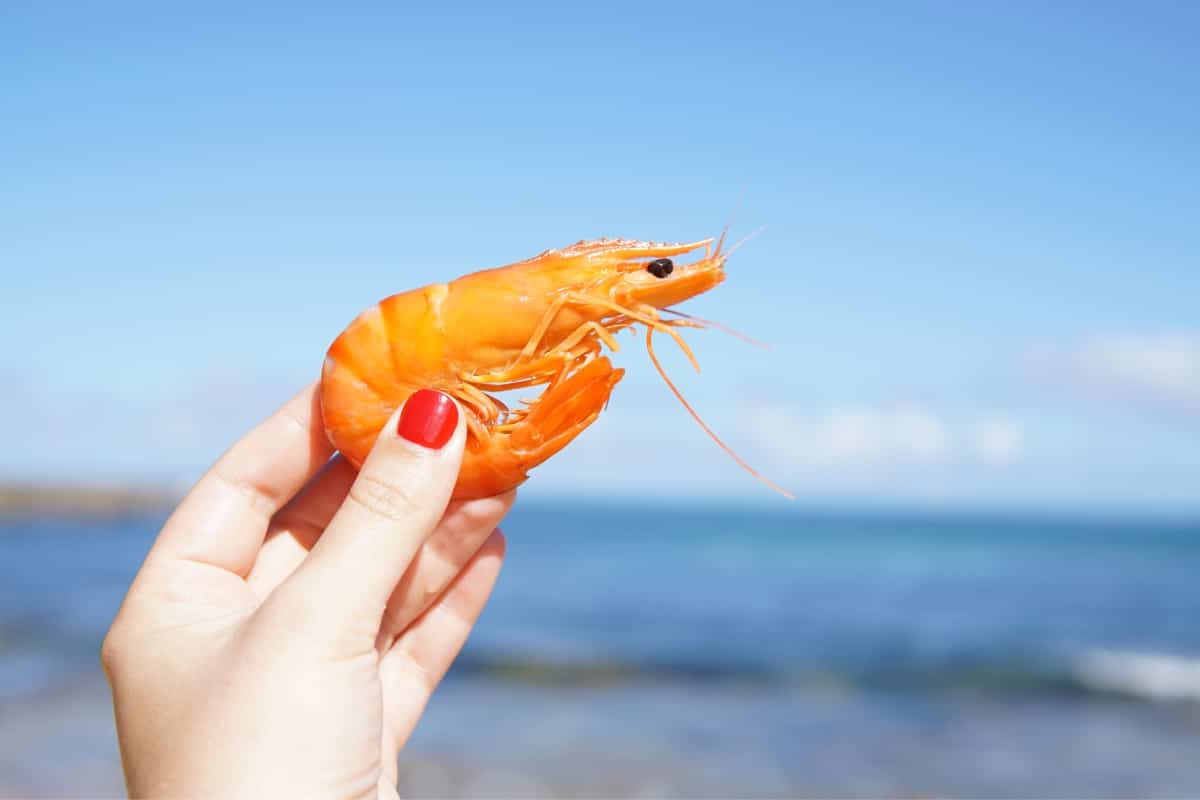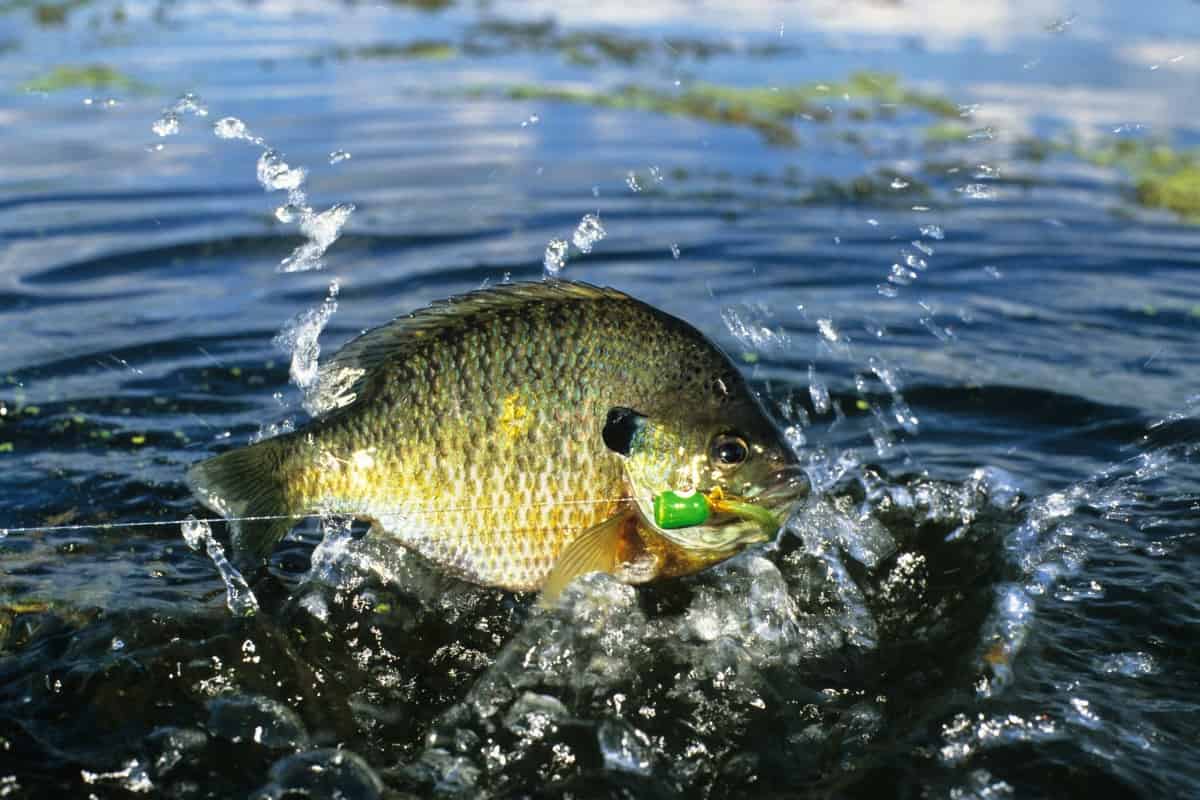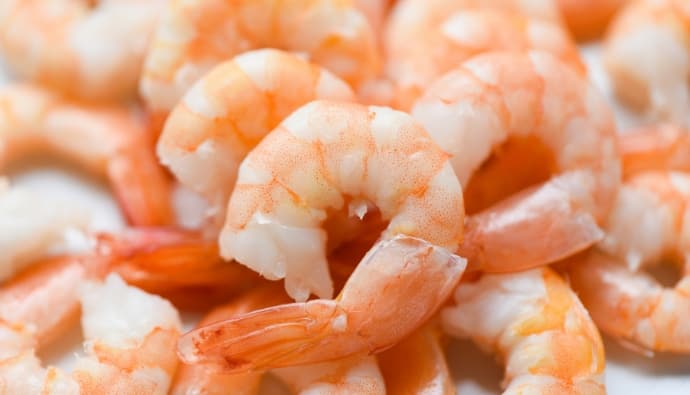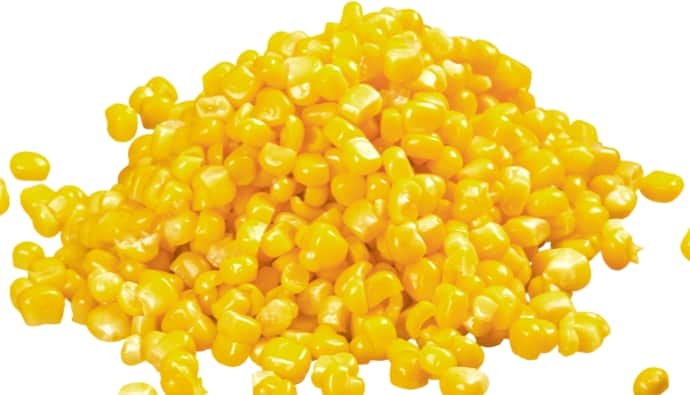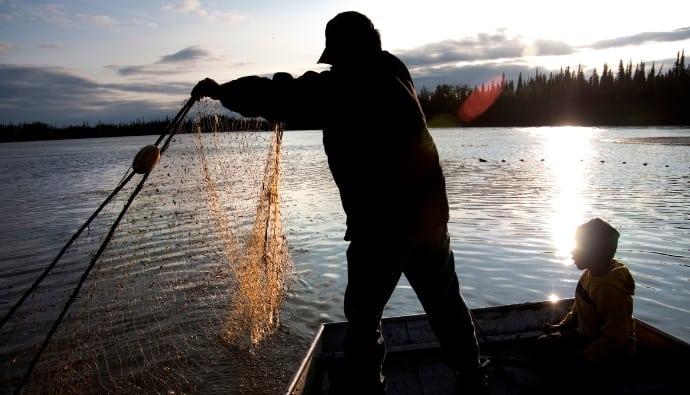Are you looking to improve your saltwater fishing experience? Many anglers have used fish chum to attract predatory fish, helping them land more catches.
Moreover, learning how to make chum sure saves you money and extra expenses, plus it can be a great way to explore new skills!
In this article, we will cover what fish chum is and the advantage of using it. We will also head on to making your chum, starting from its ingredients down to the procedures.
You can also find some fishing tips to bring your fishing adventure to an extent.
What Is A Fish Chum?
Most chums are a mixture of fish entrails, bunkers, live bait, and natural fish oil. Expert anglers use Purina tropical fish food and menhaden oil when making fish chum.
You can also buy ready-made chums from your local markets. Fish chums are like a stink bait appetizer to marine species. Thus, using it can help you yield more fish!
Consider the type of chum to use depending on your fishing spots, such as a saltwater or freshwater location, and the target species you are aiming for.
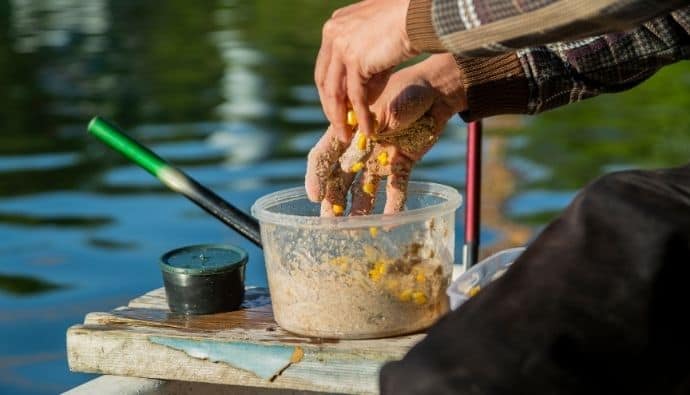
How To Make Chum
It’s time to put your fish chum mixture to work! Don’t worry. Making your own chum shouldn’t be hard and expensive. Follow the procedure below to improve your next fishing adventure by using the best fish chum.
Ingredients
The best saltwater fish chum is just an ingredient away! Professional and local anglers have proven that following this ingredient effectively attracts more fish, giving you a bigger catch!
- Stale bread
- Standard-sized smelly cat food
- Leftover foods, such as rice and noodles
- Menhaden oil
- Mullet fish
Materials
Don’t forget the materials needed for your chum. By having these necessary components for your chum, you’re setting yourself up for success. You’ll be able to get through making the mixture without any trouble.
- Chum bucket with a lid
- Empty bucket for the mixture
- Chum paddle
Furthermore, if you are used to scrapping chums, you can use a chum bag to put them in.
Procedures
Easily make your chum by following the mixing procedure below.
1. Finely crumble the loaves of stale bread in your empty bucket.
2. Cover the crumbs with menhaden oil.
3. Add the smelly cat foods.
4. Add any leftover food that you got.
5. Cut the fish or mullet into different sizes; small, medium, and large.
6. Add the chopped pieces to the mixture bucket.
Take note that by cutting the fish into various sizes, you can target different levels. Large cuts will sink deeper, medium cuts will likely drift, and small chunks will float. This way, you will be getting different fish at various sea levels.
Advantages of Using Chums
Making fish chums is not much different than making any other kind of chum. It’s simply the combination of scraps and live bait fish.
The key to making these is to blend them well before refrigerating them to prevent them from turning into a slimy, gross mess.
The advantage of using fish chums is that they save you money. You can get them for free in the sea and easily mix them with other live bait.
Moreover, you can even make a frozen chum and save it for your next fishing trip. Some anglers prefer to use bait fish conveniently packaged in a frozen chum block that they can purchase.
Moreover, using fish chum can yield a larger amount and more likely draw bigger species as its natural oil and fishy aroma will easily attract fish such as largemouth bass.
Insider Tips
If you’re tired of boring fishing trips, level up your game and consider the following fish-chumming tips. Fish chumming is a very enjoyable pastime for anglers.
It’s a great way to kill two birds with one stone – you can catch marine species and help the environment simultaneously.
In this section, you’ll find tips on where to chum as well as other chumming techniques.
Location
Chumming in different locations can also affect how you do it. Doing it from a boat isn’t the same as from a pier. These tips will help you avoid complications in making your fish chum.
Chumming From a Boat
Choose a location where fish hang out, such as rocks, reefs, ledges, and chum on that spot to lure the baits and fishes.
Remember that you are only attracting the fish and not giving them a full meal. When the chum line has rested, it is time you throw off the cast net and get more fish.
Chumming From Piers
If you are more of a pier angler, you can still chum on this area by using a chum bag. Place the scraps inside the bag and drop them on the side of the pier.
The aromatic scent of the chum will surely attract your target and fill your bucket.
Chumming From Bays
You can purchase some fish food for this type of location and mix it with a lump of clay. Mold it into a circle and throw it into the water.
When it breaks, the baits will be released and will start enticing your targets. When that happens, the fish will go to the area where your bait is.
Chum Making Techniques
One of the main reasons some people are hesitant to mix their chums is because they think it’s too time-consuming.
But having your chum ready for you on time is an essential part of the fishing experience. There are different techniques that you can try when making chum.
These techniques outlined below will help get you started.
1. Gutting
This technique is done by clearing the guts and chopping them into chunks. Save the guts and carcasses and then freeze them for later purposes.
2. Mixing
Like the one you did above, chum-making is done by mixing the baits and components in a bucket. The fun part of chum making is stirring the mixture.
You must stir it in the mixing bucket to ensure that the ingredients are evenly distributed. The most efficient way to stir is with a paddle, or you can also use your hands. Just make sure that you wear gloves.
3. Grinding
This process is done by adding all the carcasses and other ingredients, mixing them, and grinding them together on a grinder. You can also grind the mixture directly on a bucket. This makes the process faster.
Conclusion
Fishing requires a lot of mental and physical energy, but there is a way to make this activity more exciting. Anglers use chums in all sorts of waters.
Such as the ocean to the river, bays, pier, and creeks, and in any weather conditions. Moreover, it’s not just about catching fish quickly, but also about getting a good experience.
Anglers can use chums to make big-game fishing more interesting. Thanks to chums, anglers will get a lot more out of their fishing adventures.




 Facebook
Facebook YouTube
YouTube